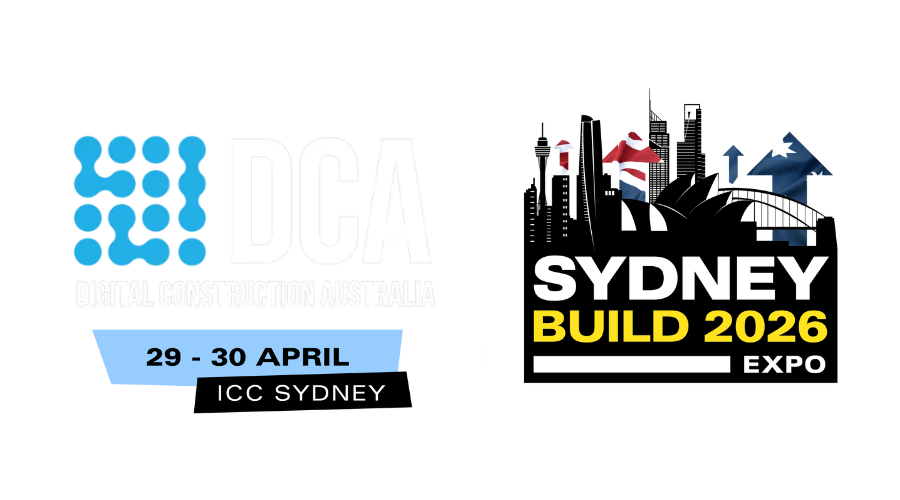Museum of Sydney Exhibition Uncovers Unrealised Proposals for City’s Landmarks
)
Unrealised Sydney, a recent exhibition, raises these hypothetical questions by exposing some of the more contentious and bizarre plans put out for the city's monuments.
Project Sunrise, a proposal from Sunrise High Technologies to reconstruct Darling Harbour, is one of the plans that was turned down.
A planetarium, an aquarium, and many theme parks, including "mineral mountain and energy rock," were all part of the grand idea.
"Set on a series of islands off the western shore of the harbour will be a participatory adventure that elevates theme parks into a new type of educational activity," Sunrise High Technologies' proposal explains.
In contacts with new technology, "visitors will make decisions and take risks," according to the 1980s strategy.
Robert Freestone, a professor of planning at the School of Built Environment at the University of NSW, is the curator of the Museum of Sydney exhibition, which explores the potential futures for eight precincts.
"The city's evolution has not been some kind of linear, pre-planned, seamless process. In fact, it's been stop and start, there have been many forks in the road," Professor Freestone said.
Budgetary restrictions or designs that the government at the time found more appealing sometimes prevented plans from being carried out. The objection of the local population stopped others.
"When we look back to the schemes of the late 60s, and early 70s, which probably dominate the exhibition, in relation to the urban renewal schemes for Woolloomooloo, and The Rocks, they were conceived very much as commercially-driven developments," Professor Freestone said.
Plans to "clear fell" The Rocks and construct office and residential skyscrapers in the 1970s sparked fierce opposition from the local community, which was fighting to save historic structures and preserve cheap housing.
According to Professor Freestone, the conflict over The Rocks prompted designers to take a more nuanced approach to design by taking into account hitherto largely neglected cultural history.
"That interaction between the designer's vision and the community's critique actually helped influence the subsequent path of architecture and urban design in Sydney."
Other concepts were more fanciful than practical. similar to the sketches made in 1945 by industrial designer Charles Frederick Beauvais depicting Aerobuses transporting workers from the Lower North Shore to the city.
According to Professor Freestone, Mr. Beauvais' design philosophy mirrored a time of optimism for the future following the bleak years of war.
"He spent a lot of his time, particularly in the 1940s, inventing new sorts of tech solutions to create a more convenient and mobile society. Not only these almost mini-helicopters … but also monorails and other forms of fast, efficient ground transport."
While viewing the "weird, wacky and horrible" concepts, Professor Freestone hoped that visitors would also recognise the community's ability to influence large-scale development and urban redevelopment efforts.
While it may be a comfort that many of the plans presented in the exhibition were never implemented, Professor Freestone claimed that Barangaroo was an entirely other story.
An international competition in 2006 produced a winning design, however the final product was very different from the original.
"I think people might have a look at that early scheme, which is on exhibition, and some of the other proposals for Barangaroo and then think about what it's become now with Sydney's tallest building, luxury apartments and casino."
From 6 August, the public can view the Unrealised Sydney exhibition at the Museum of Sydney.

